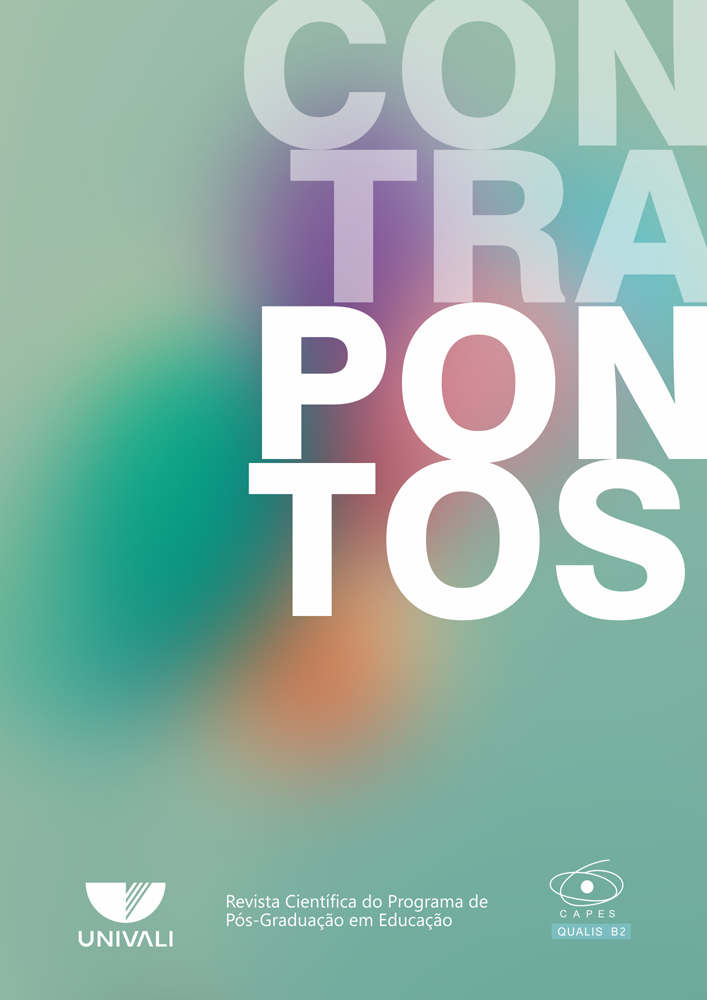
The text aims to establish reflections from Geraldo Motta Filho's filmic work "The Lord of the Labyrinth” (2014) with the mythical allegory of the "labyrinth of Crete". The film portrays the work and life of Arthur Bispo do Rosário, who was considered insane during his admittance to the Colônia Juliano Moreira (RJ) mental institution. Using threads and wood, Bispo managed to make and compose countless artifacts with his embroidery and knowledge of carpentry. Considering the analogy of the labyrinth, the text provides an analysis of the film based on its poetics and aesthetics, as well as on the artist's relationship with the mental institution. The conclusion is that, both in its poetics (construction and production aspects) and in its aesthetics (visual and sound representation), the film presents itself from the labyrinthic presupposition insofar as its path and editing were traced and traversed by detours and mistakes. Bispo's work and life, portrayed in the film, is a celebration of madness as a poetics of life.




This work is licensed under a Creative Commons Attribution 4.0 International License.





